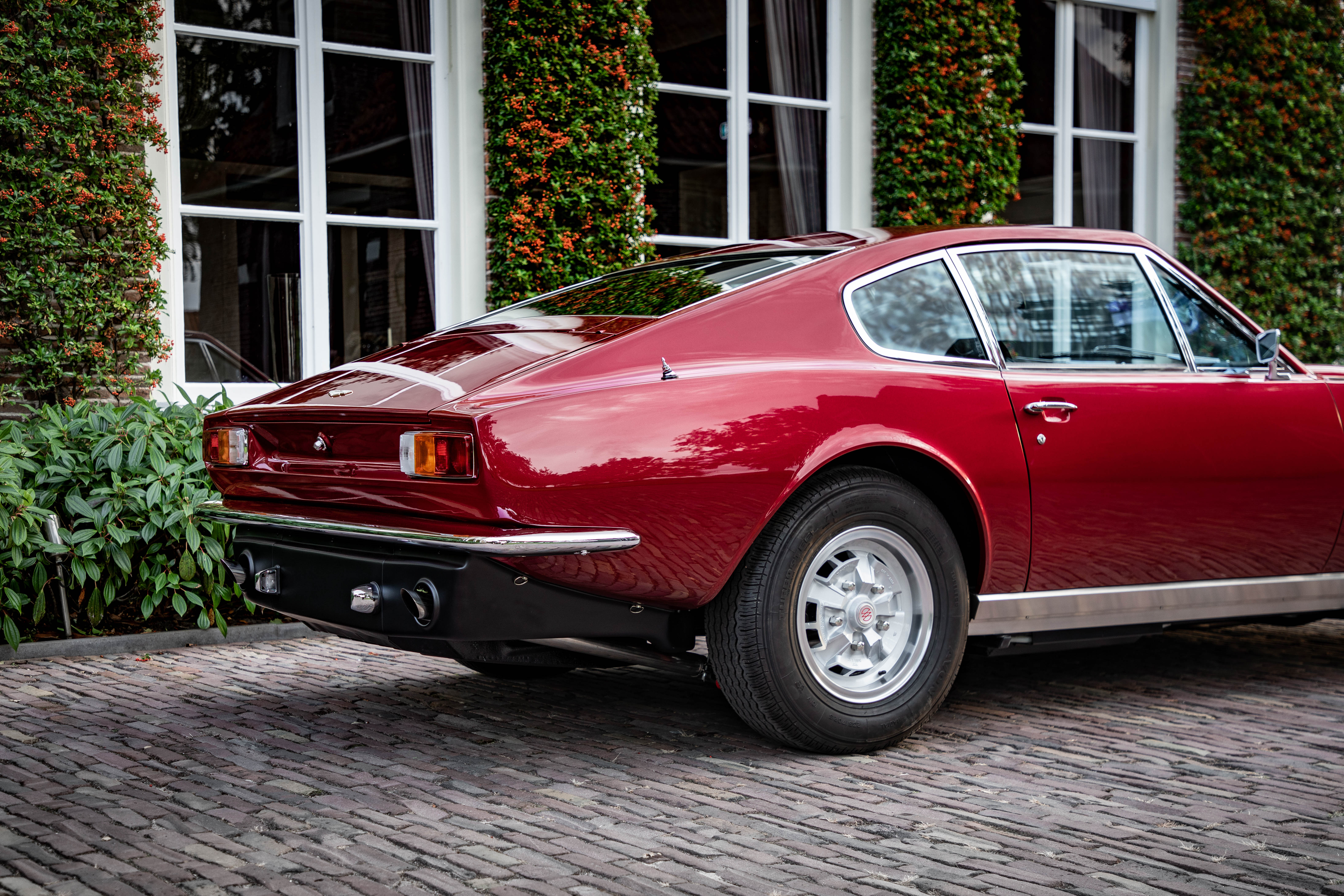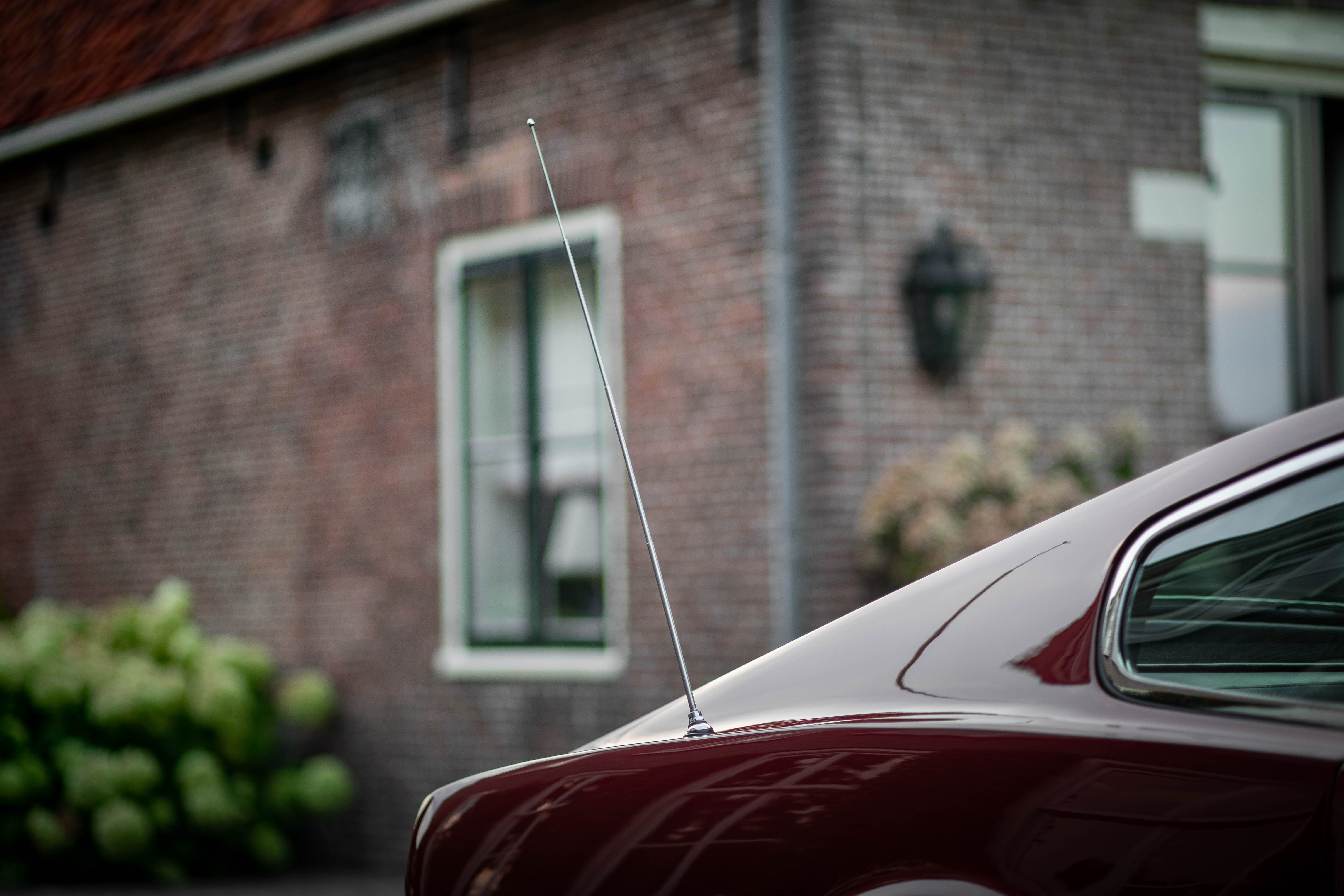
ASTON MARTIN V8 SERIES III
ASTON MARTIN V8 SERIES III
Brand:
Aston Martin
Type:
V8 Series III
Color:
Royal Claret Red
Interior:
Black
Year of build:
1976
Price:
Sold
This extremely beautiful restored Aston Matin V8, with over 2.200 hours spent to bring the car in its current impressive condition, is sold to a customer in Japan.
If you are interested in buying or selling a rare/unique automobile, please contact us.




















































